
Vertical basalt walls along the Columbia River Gorge are graced with the greatest concentration of waterfalls in North America, particularly along the Oregon side of the western Gorge

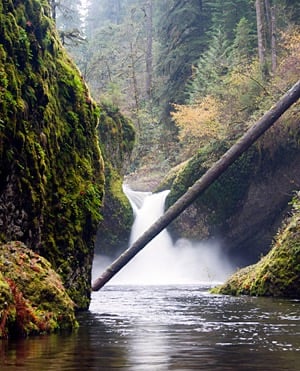

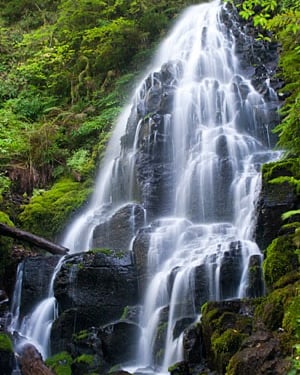
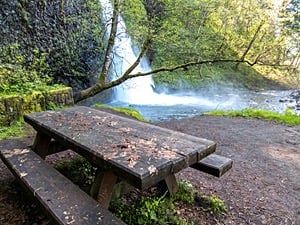
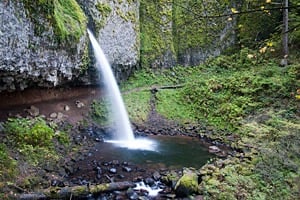
Why are there fewer waterfalls on the Washington side of the Columbia River? The Washington side faces south and receives more sunlight, so it's drier. But more importantly, is the geology. The Washington side is an unstable "layer cake" of dense basalt on top of softer, unconsolidated rocks, and the whole assembly tilts to the south as it follows the buried slope of an extinct volcano. Earthquakes and ground saturation have given rise to numerous landslides, which have reduced the slope along the Washington side of the western Gorge. With fewer vertical drops, there are fewer waterfalls.
PLUNGE
Drops vertically and away from the cliffside, losing contact with bedrock. Multnomah Falls is a classic example and so is Latourell Falls.




TIER
Falls, then falls, then falls again. It has sereral "tiers"- separate falls that can all be viewed all at once. Wahkeena is tiered as well as Bridal Veil.
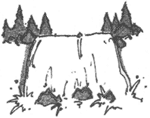

BLOCK
Pours over a wide section of a stream. Dutchman Falls along upper Multnomah Creek is a block shape and can be seen at the 1.7 mile point on Larch Mountain Trail #441.
CASCADE
Tumbles along a series of rock steps. You'll find a fine model with Upper Multnomah Falls, near the junction with Wahkeena Trail #420.


FAN
Descends from a stream above and is similar to a horsetail but it gets broader or "fans out" at the bottom. See fan-shaped falls by hiking the Wahkeena Trail #420


HORSETAIL
Looks just like a horsetail. Dropping vertically, it maintains contact with bedrock. Oneonta and Horsetail Falls are good examples.


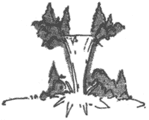

PUNCHBOWL
Pours out of a narrow opening in the stream and into a pool. Punchbowl Falls, a 2.1 mile hike on Eagle Creek Trail, features a viewpoint and bench- the perfect combo for a rest stop.
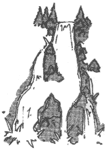

SEGMENTS
Separate into several parts. Examples include Triple Falls on Oneonta Trail #424, and upper McCord Creek Falls on the Elowah Falls Trail out of John B. Yeon State Park.
Waterfall Types
Information provided by the US Army Corps of Engineers (Portland District)



